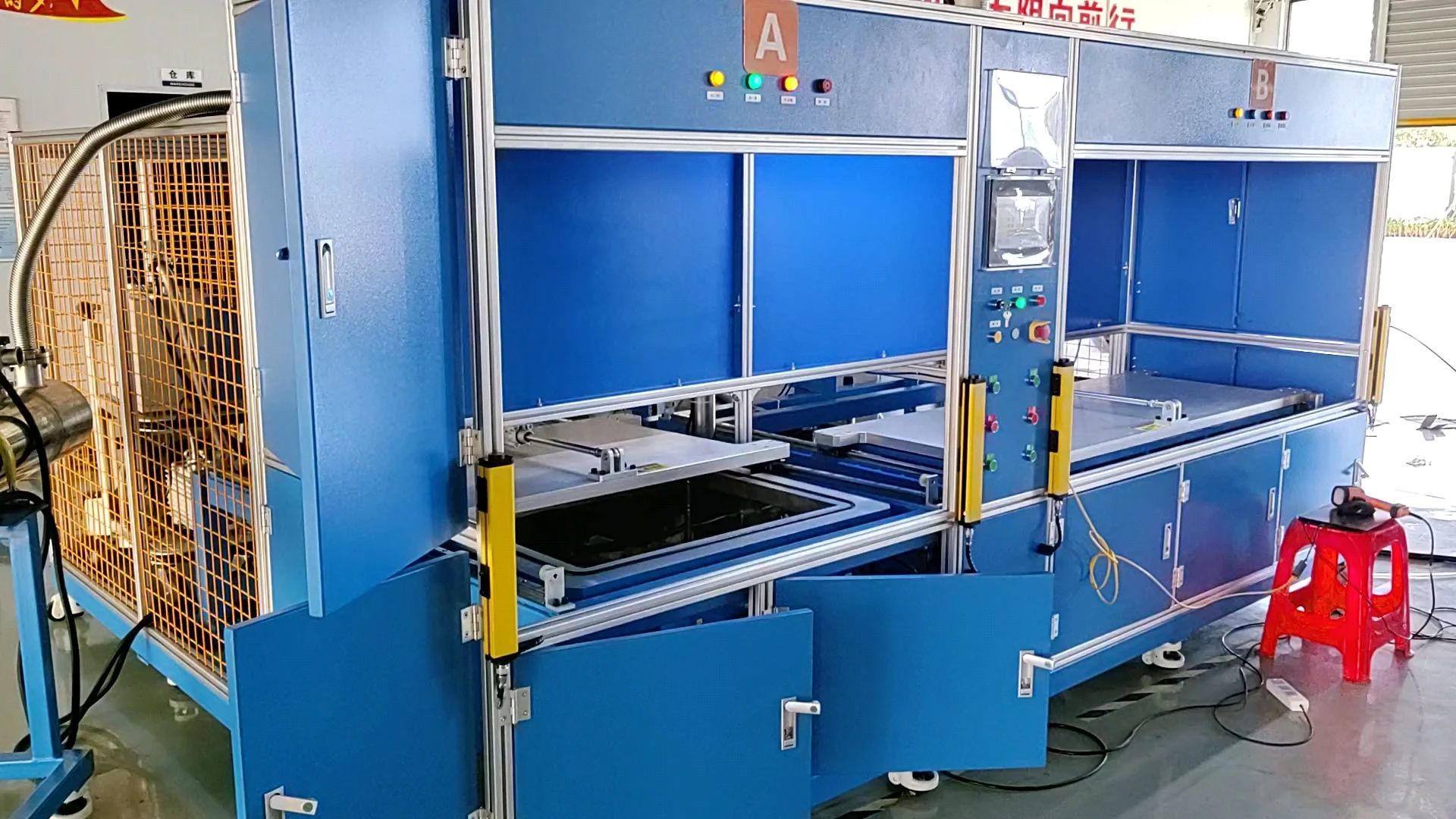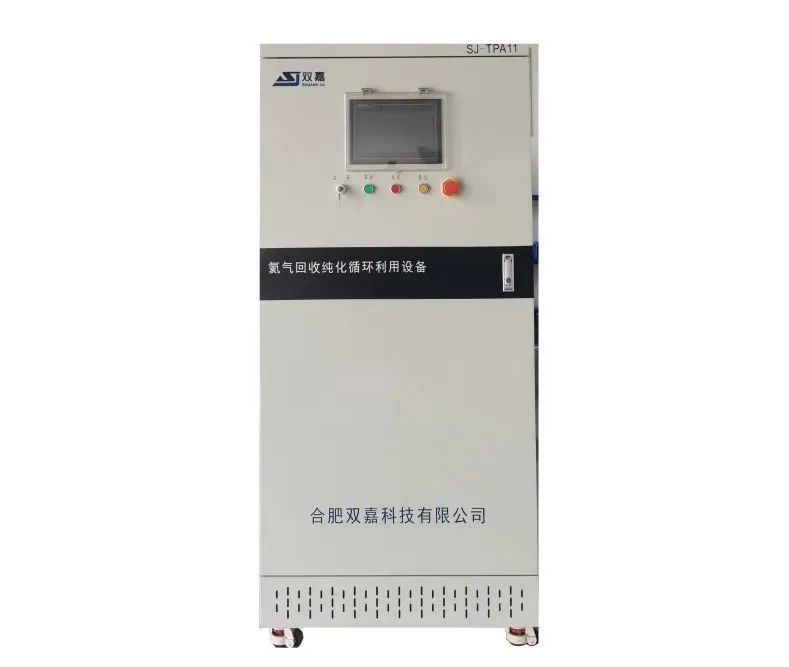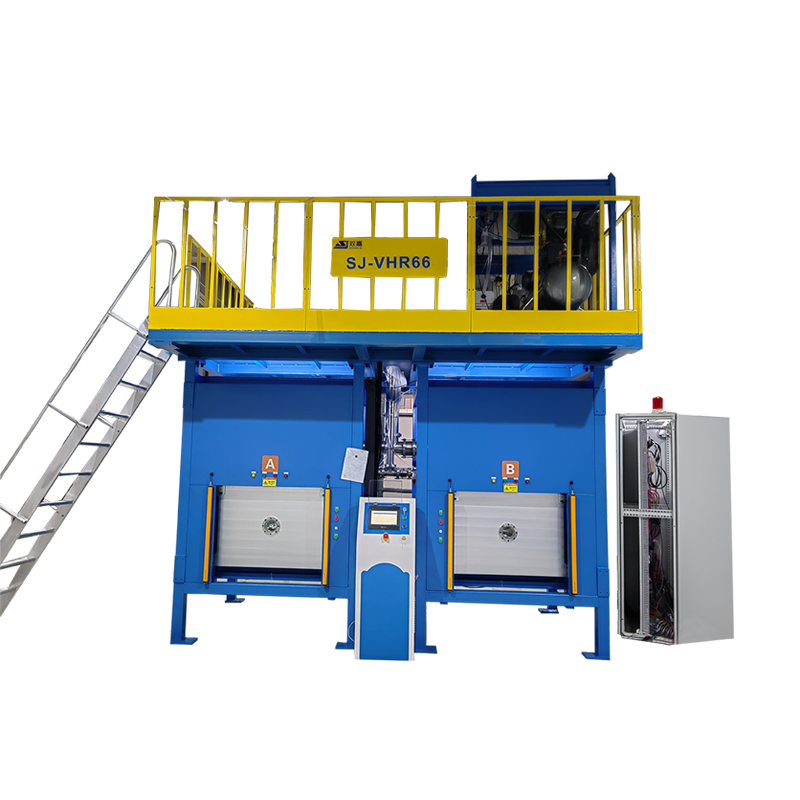Information Details
Understanding the Critical Role of Helium Detection and Purification Units in Packaging
Understanding the Critical Role of Helium Detection and Purification Units in Packaging In today's highly advanced manufacturing landscape, packaging is not just about aesthetics; it’s about ensuring the integrity, safety, and quality of the products inside. One of the key technologies that aid in achieving these objectives is helium detection and purification units. These units are increasingly b
Release time:
2025-10-18
Understanding the Critical Role of Helium Detection and Purification Units in Packaging
In today's highly advanced manufacturing landscape, packaging is not just about aesthetics; it’s about ensuring the integrity, safety, and quality of the products inside. One of the key technologies that aid in achieving these objectives is helium detection and purification units. These units are increasingly being recognized for their vital role in maintaining the reliability of packaging systems across various industries, including pharmaceuticals, electronics, and food and beverage.
Table of Contents
- 1. Introduction to Helium Detection and Purification
- 2. Importance of Helium in Packaging
- 3. How Helium Detection Plays a Role in Leak Testing
- 4. Applications in Different Industries
- 5. Benefits of Using Helium Detection and Purification Units
- 6. Implementing Helium Detection Systems
- 7. Challenges and Solutions in Helium Detection
- 8. The Future of Helium Detection Technology
- 9. Conclusion
- 10. Frequently Asked Questions
1. Introduction to Helium Detection and Purification
Helium is a noble gas known for its unique properties, including low density and inertness. In the context of packaging, helium is primarily used for **leak detection** due to its small atomic size, which allows it to easily escape through even the tiniest pinholes and gaps. Helium detection units are specialized devices that can identify these leaks, ensuring the integrity of packaging and safeguarding the products within.
Purification units complement detection systems by recycling and purifying the helium used in testing. This not only ensures the efficiency of the detection process but also contributes to cost savings and environmental sustainability.
2. Importance of Helium in Packaging
Helium plays a crucial role in various packaging applications. Its properties make it suitable for detecting leaks in sealed containers, ensuring that products remain uncontaminated and maintain their intended shelf life.
In pharmaceutical packaging, for instance, the integrity of the packaging is paramount. **Helium leak detection** allows manufacturers to identify and rectify issues that could compromise the sterility of products, thus ensuring compliance with stringent regulatory standards.
Furthermore, the electronics industry relies on helium detection to maintain the integrity of sensitive components. Any leaks in the packaging can lead to exposure to moisture and contaminants, which can damage the products.
3. How Helium Detection Plays a Role in Leak Testing
Leak testing is an essential process in ensuring the quality and safety of packaged products. Traditional methods can sometimes be ineffective in detecting small leaks, whereas helium detection offers a highly sensitive and reliable alternative.
3.1 The Process of Helium Leak Testing
The helium leak testing process typically involves filling the packaged item with helium and then using a detector to monitor for any escaping gas. The sensitivity of helium allows for the detection of even minute leaks, thus providing a thorough analysis of the packaging integrity.
3.2 Advantages Over Other Methods
Compared to traditional methods like pressure decay testing or bubble testing, helium detection is significantly more precise. It provides quick results and reduces the chances of false positives, ensuring that only packages meeting the highest standards are approved for distribution.
4. Applications in Different Industries
Helium detection and purification units find applications across a variety of industries, each benefiting from the enhanced reliability and safety these systems provide.
4.1 Pharmaceutical Industry
In the pharmaceutical industry, maintaining the integrity of sterile packaging is critical. Helium detection systems are employed to ensure that vials, syringes, and other packaging are leak-free, thus preserving the sterility and efficacy of medical products.
4.2 Food and Beverage Sector
Food packaging must prevent spoilage while maintaining freshness. Helium detection helps in identifying leaks in vacuum-sealed packages, ensuring that food remains safe for consumption and free from contamination.
4.3 Electronics Manufacturing
In electronics, the packaging of sensitive components must be impervious to moisture and air. Helium detection is employed to verify that packaging is intact, thereby preventing damage to sensitive products during transportation and storage.
5. Benefits of Using Helium Detection and Purification Units
The integration of helium detection and purification systems into packaging processes offers numerous benefits:
5.1 Enhanced Quality Control
Helium detection allows for rigorous testing and quality assurance, ensuring that products meet industry standards.
5.2 Cost Efficiency
By identifying leaks early in the packaging process, manufacturers can avoid costly product recalls and waste. The use of purification units also means that helium can be reused, reducing overall costs.
5.3 Environmental Sustainability
Recycling helium through purification units minimizes waste and promotes environmental responsibility.
5.4 Improved Compliance
The ability to consistently meet safety and quality regulations helps companies maintain compliance with industry standards, avoiding legal issues and enhancing their reputation.
6. Implementing Helium Detection Systems
For businesses looking to implement helium detection and purification units in their packaging processes, it’s essential to consider several factors.
6.1 Assessing the Need
Evaluate the specific requirements of your packaging operations. Consider factors such as product type, packaging materials, and regulatory standards to determine the best setup.
6.2 Selecting the Right Equipment
Choose high-quality helium detection equipment that meets your specific needs. Look for units with customizable features and user-friendly interfaces for ease of operation.
6.3 Training Personnel
Proper training for operators is crucial to ensure the effective use of detection systems. Comprehensive training programs should cover equipment operation, maintenance, and troubleshooting.
7. Challenges and Solutions in Helium Detection
While helium detection provides numerous advantages, it’s not without its challenges.
7.1 Equipment Costs
The initial investment in helium detection and purification units can be significant. However, it's essential to view this as a long-term investment that can lead to substantial savings and improved product integrity over time.
7.2 Technical Expertise
Operating and maintaining detection systems requires technical knowledge. Ensuring that staff are adequately trained can mitigate this challenge and enhance operational efficiency.
7.3 Dependence on Helium Supply
As helium is a finite resource, businesses must consider the sustainability of their helium supply. Exploring options for recycling and purifying helium can help reduce dependency on external sources.
8. The Future of Helium Detection Technology
The future of helium detection technology is promising, with ongoing advancements aimed at improving efficiency and accuracy. Innovations such as automated detection systems, real-time monitoring, and integration with IoT technology are set to revolutionize the packaging industry.
9. Conclusion
Helium detection and purification units play an indispensable role in ensuring the integrity, safety, and quality of packaged products across multiple industries. By implementing these systems, businesses can enhance their quality control processes, reduce costs, and maintain compliance with regulatory standards. As technology continues to evolve, the capabilities and benefits of helium detection will only expand, cementing its importance in the future of packaging.
10. Frequently Asked Questions
Q1: What industries utilize helium detection in their packaging processes?
A1: Helium detection is widely used in the pharmaceutical, food and beverage, electronics, and medical device industries.
Q2: How does helium detection compare to traditional leak testing methods?
A2: Helium detection is significantly more sensitive and accurate than traditional methods, allowing for the detection of even the smallest leaks.
Q3: Are helium detection and purification systems cost-effective?
A3: While the initial investment may be high, the long-term savings from reduced waste and product recalls make these systems highly cost-effective.
Q4: Can helium be recycled after use in testing?
A4: Yes, helium purification units recycle and purify helium, enabling its reuse and minimizing environmental impact.
Q5: How can businesses prepare for implementing helium detection systems?
A5: Businesses should assess their specific needs, select appropriate equipment, and provide thorough training for their personnel to ensure effective operation.
By understanding the importance and benefits of helium detection and purification units in packaging, companies can take significant steps toward ensuring product integrity, optimizing operations, and achieving regulatory compliance.
Helium detection and purification unit
Previous Page
Previous Page
Latest Blog







